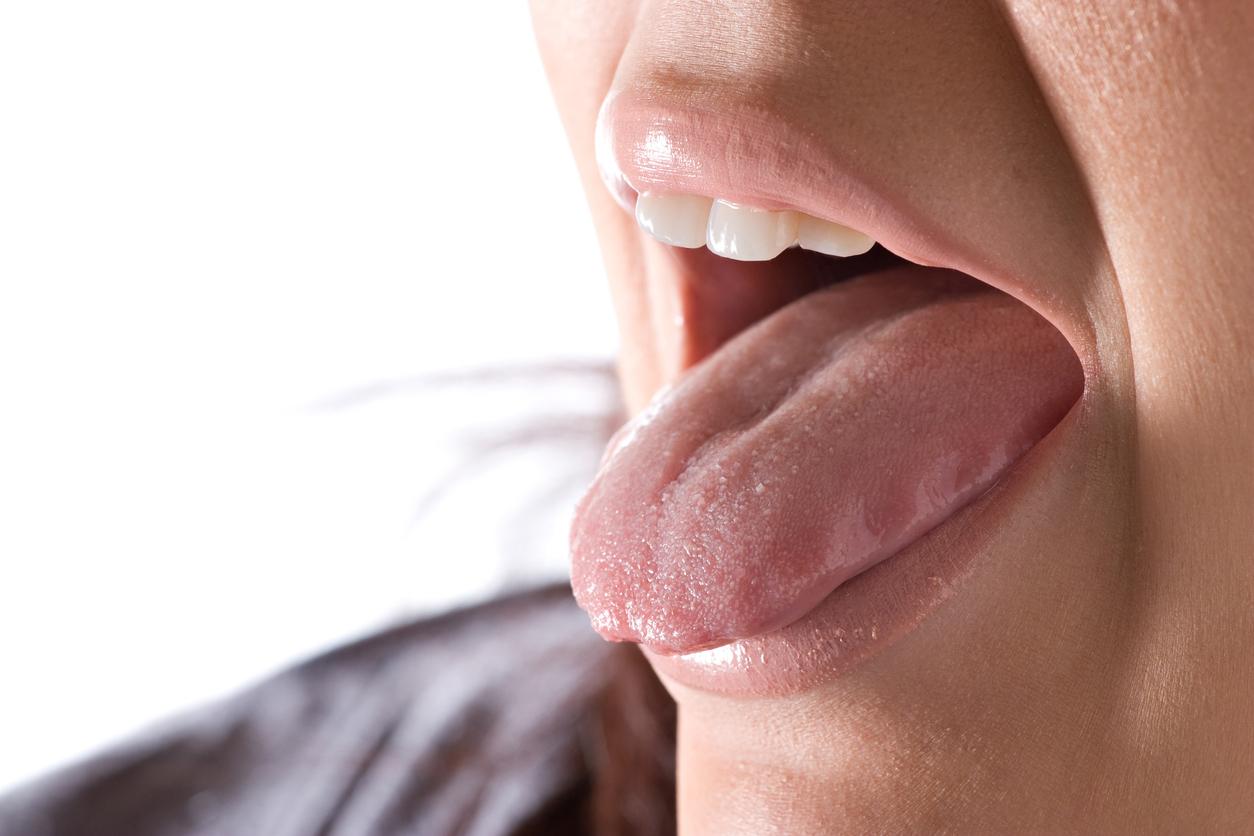
Green, yellow or bloody discharge
Every woman has vaginal discharge, which is completely natural. Some women are more affected than others and the substance can change under the influence of your cycle. What does your discharge say about your health? When should you worry about the smell or color?
Vaginal discharge, also called fluor vaginalis or white discharge, is actually your body’s natural cleansing mechanism. It is released through the vaginal wall and cervix and consists of clear, watery fluid and mucus. This slimy substance gets rid of dead cells and harmful bacteria, helping to prevent vaginal infections. So a very useful item.
Still, many women worry about their vaginal discharge. They are unsure about the quantity, the color and also the smell. It’s not for nothing that one of the most frequently asked questions to Google: “Why does my vagina to…”. Where you can fill in terms such as rotten fish, cheese, bread, bleach or metal on the dots.
The normal color and odor of vaginal fluid
Vaginal discharge can differ in color, odor and viscosity (viscosity). This is related to your menstrual cycle, the use of the pill, any sexual arousal, pregnancy and menopause. But your diet can also influence the color and odor of the vaginal discharge. The amount varies per woman: one woman produces relatively little vaginal discharge and the other just a little more.
Your cycle influences the amount (it is often a bit more around ovulation), but the use of medicines such as the contraceptive pill or antihistamines (for allergies) or a condition such as diabetes can also influence the amount of vaginal discharge. Normally the discharge is odorless, but it can also be a little acidic. It generally looks like the white of a raw egg and dries yellowish. Sometimes – if it gets on your underwear and is exposed to air – it can get a bit grainy.
Complaints with vaginal discharge
The most common fluorine complaints are:
- Bad odor
- Itching and irritation
- Change of color
- Pain when urinating or having sex
- More and sometimes friable discharge
White, friable discharge
Vaginal itching and a white, crumbly discharge are the most characteristic symptoms of a vaginal yeast infection (candida vaginalis or candidiasis). It is a thick, cheesy discharge that often has a slight bread smell.
Usually this fungus also causes irritation and redness of the vagina and a burning or painful feeling when urinating. Sometimes there is also some swelling of the labia and vagina. If you have had a vaginal yeast infection before, you will probably recognize it immediately and you can get a remedy for this complaint at the drugstore or pharmacy. If in doubt, report to your doctor.
White-grey discharge with fishy odor
In bacterial vaginosis, certain bacteria predominate in the vaginal flora, causing a thin, grayish-white discharge with the smell of rotten fish. This smell can worsen after sex. In severe cases, the discharge can also be a bit cloudy yellow or orange, with gas bubbles.
Other symptoms of bacterial vaginosis include vaginal itching, redness and swelling of the vagina, and sometimes vaginal flatulence. Sometimes it goes away on its own, but the doctor can also prescribe medication.
Pink or brown discharge
During your period as well as during ovulation, the discharge may be pale pink because there is a small amount of blood in it. After childbirth, it can mean the rejection of endometrium. Also brown discharge is caused by a little blood coming with your discharge, this is often towards the end of your period or at the very beginning of it, when the blood is more mixed with mucosal cells and your normal discharge. Your secretion will turn darker anyway if it has been in contact with the outside air. The first period usually starts with light spotting (breakthrough bleeding). You will come across a little brown discharge in your underwear. Finally, women in perimenopause, the period leading up to menopause, may also experience brownish discharge. In most cases, a brown discharge does not have a strong odor and will go away on its own. If there is a little more blood, your discharge may smell a bit metallic.
If you have other complaints in addition to a little pink or brown discharge, such as redness or itching, it is best to see your doctor. Especially if you are dealing with symptoms such as abnormal blood loss, foul-smelling discharge or pelvic pain. In rare cases, this could indicate a uterine infection or even cervical or uterine cancer, so it is wise to get this checked.
Thick, cloudy yellow or green discharge
Yellow or green discharge may indicate a sexually transmitted infection (STD). For example, gonorrhea is generally accompanied by an increased amount of yellow or green discharge from the vagina and, conversely, a watery discharge from the urethra. This discharge has an unpleasant odor. Other symptoms include a burning sensation when urinating, abdominal pain, pain during intercourse and sometimes some vaginal bleeding.
Yellow (or gray) discharge is also common in chlamydia, sometimes accompanied by vaginal bleeding. In all cases, it is wise to go to the doctor for a course of antibiotics.
Foamy yellow-green discharge
If there is a yellow-green, foamy discharge with air bubbles and a foul fishy odor, this may indicate trichomonas (trichomoniasis). This discharge is thin, it is a lot and it has a sickly sweet smell. In addition to the changed vaginal discharge, you also experience vaginal itching, pain when urinating and having sex. The labia and the inside of the vagina are red, swollen and painful. This STI is caused by a parasite, Trichomonas vaginalis. Antibiotics are the only way for women to get rid of them.
Other fragrances
Fortunately, a vaginal odor does not always have to mean something serious. For example, if you have followed an intensive sports class, a somewhat stronger musk odor may come from the surrounding sweat glands. If you have used a condom or lubricant, the smell is often described as a chlorine or bleach smell. This will pass. Food can also give your vagina a different odor. Citrus fruits are known to sweeten the smell and taste of the vagina. Onions, garlic, broccoli and asparagus create a smell that many people find less pleasant.
Other causes of discharge
Another cause of foul-smelling yellow, green, or brown vaginal discharge is forgetting a tampon. This is not only life-threatening, in connection with the Toxic Shock Syndrome (TSS), but also causes symptoms such as vaginal itching, skin rash, vaginal bleeding, pain with urination and sex and inflammation.
smegma
Somewhat related to the vaginal discharge is smegma. In men, smegma accumulates under the foreskin while in women it develops in the folds of the labia minora and near the clitoris. Smegma mainly consists of an accumulation of dead, shed skin cells which, due to the fact that they are ‘trapped’ in a fold, do not disappear spontaneously as is the case elsewhere on the skin. In women, there is often still admixture of sebum from the sebaceous glands in the vulva area. In men, there is an admixture of products from the prostate and the Littré glands. These glands are located in the last part of the urethra in men and produce mucus. Smegma is produced by all women and uncircumcised men. Washing away with water is necessary, because over time smegma starts to smell.
When to the doctor?
- With persistent vaginal itching.
- If you have a burning sensation when urinating.
- If the discharge changes markedly in colour, odor or quantity.
- Bloody vaginal discharge outside of menstruation.
- If you suspect that you have a sexually transmitted infection (STD).
- If complaints are accompanied by pain in the lower abdomen.
- If the complaints are bothersome or painful.

















